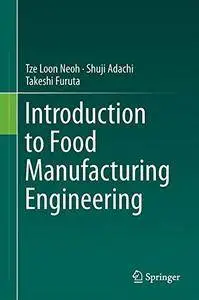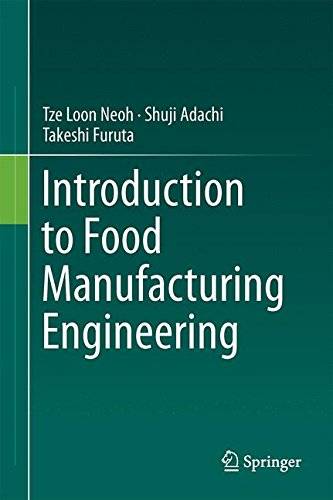Introduction to Food Manufacturing Engineering
Springer | Food Science | October 3, 2016 | ISBN-10: 9811004412 | 179 pages | pdf | 5.2 mb
Springer | Food Science | October 3, 2016 | ISBN-10: 9811004412 | 179 pages | pdf | 5.2 mb
Authors: Neoh, Tze Loon, Adachi, Shuji, Furuta, Takeshi
Provides as many example problems as possible for understanding mathematical formulas and numerical values better
Demonstrates how proper figures are produced and includes many sample questions and exercises for which the solutions can be obtained from constructed figures
Enriches understanding of the basic concepts and subsequently further deepens the level of understanding via other systematic reference materials
This book provides basic food engineering knowledge for beginners. The discipline of food processing conforms with actual food manufacturing flows and thus is readily comprehensible, although food engineering has great diversity as the common principles of operations for most food manufacturing processes are covered. This volume therefore endeavors to initially embody food manufacturing flows and pays careful attention to quantitatively detailing and explaining the manufacturing operations involved from an engineering point of view. Because this book is intended to be a very basic introductory text for food engineering, it introduces a variety of foods and food ingredients with which the intended readership is familiar to explain comprehensively the fundamental unit operations through the manufacturing flows. Various real foods and food ingredients are used to explain the principles of food engineering so that students of food science, technology, and engineering courses will be able to better grasp the basic concepts. The book includes many exercises for learning how to draw proper graphs and how to deal with mathematical formulas and numerical values. Readers can learn common principles, which are easily applicable to other fields such as pharmaceuticals and biotechnology, through the many examples that are provided.
Number of Illustrations and Tables
65 b/w illustrations, 45 illustrations in colour
Topics
Food Science
Biochemical Engineering
Biological Techniques
Click Here for More books



